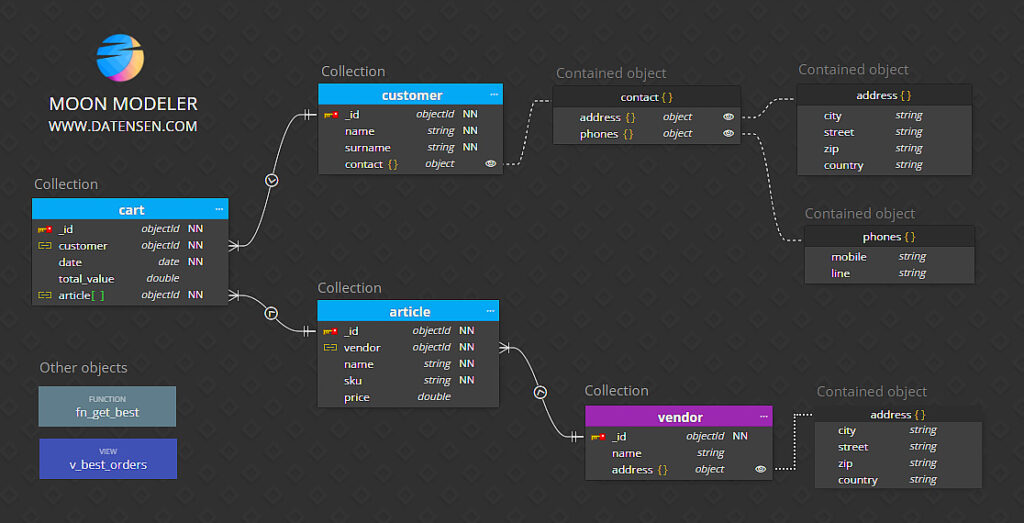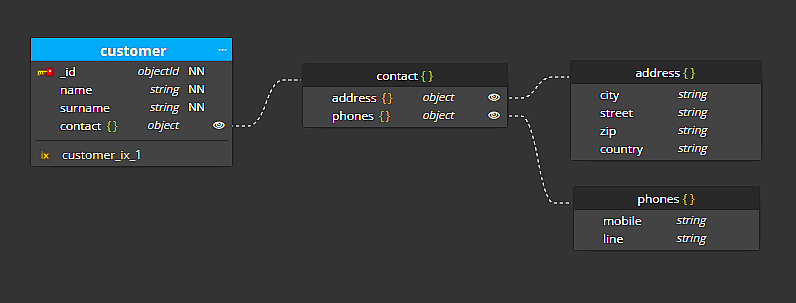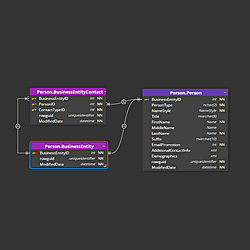NoSQL data modeling is the process of defining the structure and arrangement of data in a NoSQL database system. NoSQL databases, in contrast to conventional relational databases, do not rely on a predefined schema and offer greater flexibility in processing unstructured or semi-structured data.
Advantages of noSQL data modeling
- Fewer design and development errors
- Easy and fast design, especially in the early stages of development
- Better communication between team members
- Time saving
- Lower development costs
- and many others
Tip: Read about Benefits of Data Modeling Tools
MongoDB schema design and noSQL database modeling
What benefit does data modeling provide in the context of noSQL databases? Many “schema-less” databases offer the benefit of being relatively flexible and not requiring a specific database structure. It is clear why database systems like MongoDB are so popular, and one of their many significant characteristics is the flexibility with which data may be saved.

So why focus on noSQL data modeling?
Recall that one of the benefits of data modeling is the description of structure, the creation of documentation. A data model is used for better communication within the development team. Therefore, having a well-described database structure is very useful.
Imagine how you store your clothes. Having one big closet where all the clothes will be placed indiscriminately is possible. However, finding the piece of clothing you need may not be so easy. Some information on clothing organization could be beneficial, right?
Is there the best noSQL data model?
Of course, the design of the database structure depends on your needs, on whether you need to read the data frequently or only rarely. Whether you need to achieve a certain performance, etc. There are a number of options for how to store the data and how to model the schema. For example, in MongoDB you can create multiple collections and use references, or insert data into a selected collection as documents. Which way is more convenient? Try to model both and discuss them with your colleagues. Yes, you can also use a data modeling tool for noSQL databases like Moon Modeler for this purpose.
Other advantages: if you work with the MongoDB database, you can use the schema validation. A feature that ensures that data will only be stored if it is in the expected format.
NoSQL database modeling examples
Here you can see the model created for MongoDB. It contains three collections linked by references. Please note that the data type of referenced fields (customer_id, contact_id) are set to the objectId data type.

Another option is to embed documents into the collection. In Moon Modeler, the hierarchical structure can be displayed this way. The first box customer (with the white/blue header) represents a collection. Other boxes display details of contained objects.

Benefits of using flexible data structures in relational databases
Even in open source database systems like PostgreSQL we can store data without a predefined structure. For example, we can use the JSON data type and store information in it according to our needs.
